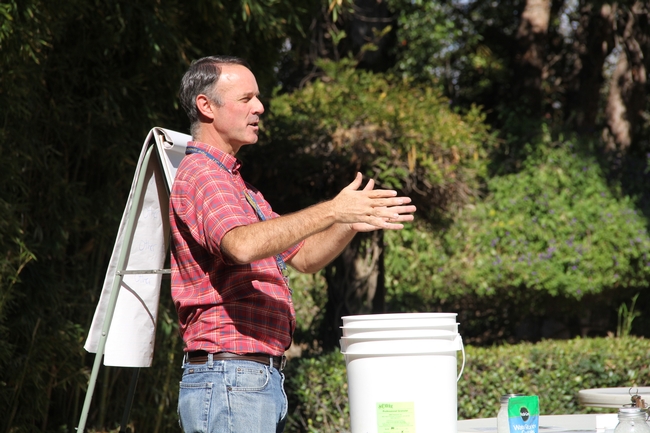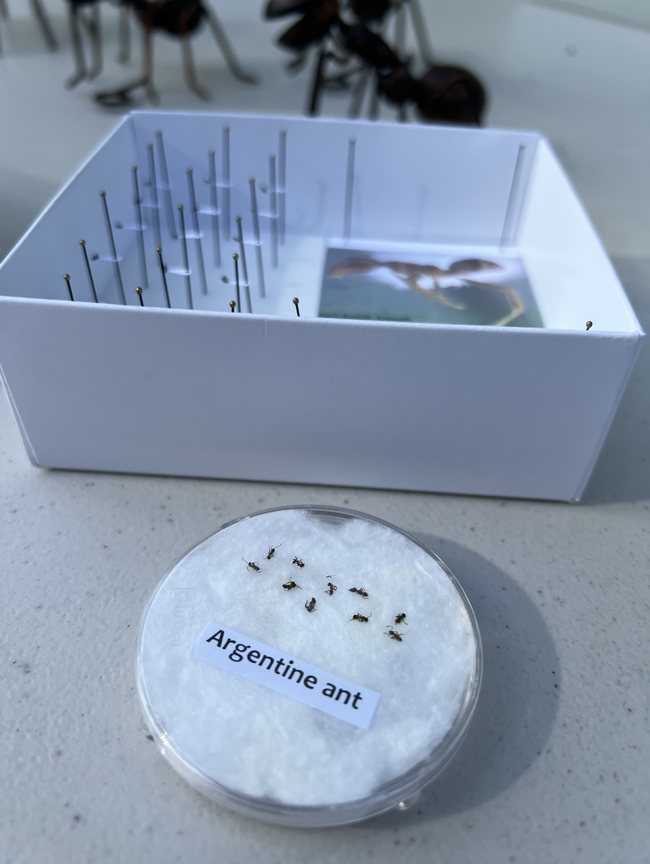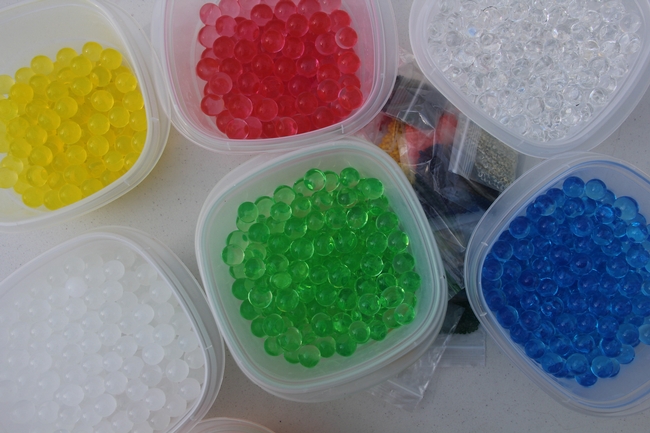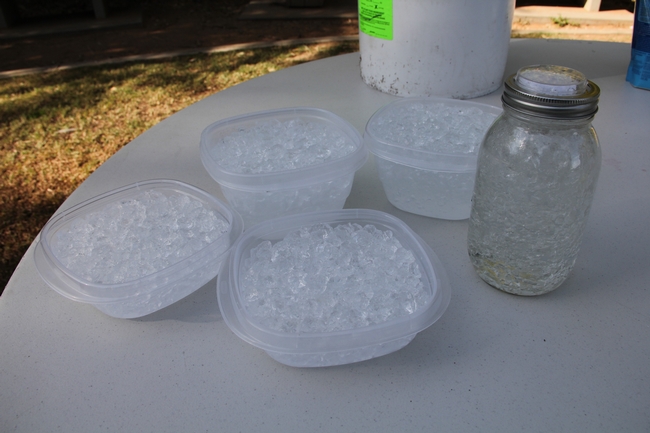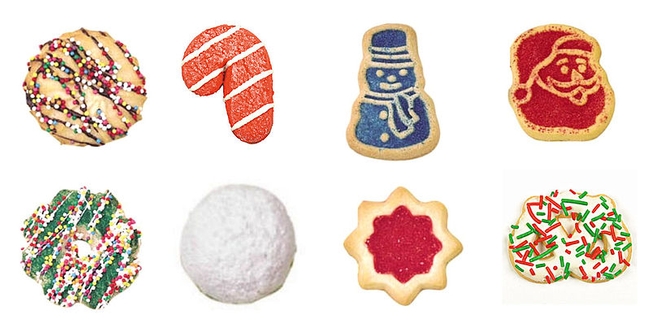Posts Tagged: sugar
UCCE researchers target sugar-feeding ants, a key to controlling citrus pests, disease
Sugar-feeding ants protect pests that infect trees and damage the fruit they bear. Insecticides are often a go-to solution, but may kill beneficial insects in the process, too. Thankfully, Mark Hoddle, University of California Cooperative Extension entomologist and biological control specialist at UC Riverside, together with UCR colleagues in chemical engineering, developed a biodegradable hydrogel baiting system that targets ant populations, which protect sap-sucking pests from their natural enemies. Control of ants allows beneficial parasitoids and predators to greatly reduce pest populations.
Deciding to expand Hoddle's research was a “no-brainer” according to David Haviland, UC Cooperative Extension farm advisor in Kern County.
Haviland is investigating active ingredients that can be effectively used in hydrogel baiting systems. His research builds on Hoddle's use of alginate gels, also known as water beads, soaked in sugar water to control Argentine ants.
“What we're doing in California can benefit places like Florida, Texas, Mexico and beyond,” Haviland said.
The Hoddle lab conducted two years of orchard research showing that when ants are controlled, the amount of citrus flush infested with Asian citrus psyllid (ACP), a mottled brown insect that vectors the pathogen causing citrus greening, decreases by 75%. Citrus flush refers to newly developed leaves.
“But benefits are not restricted to just ACP with Argentine ant control, as natural enemies destroy colonies of other sap-sucking pests too,” said Hoddle. “For example, citrus mealybug infestations on leaves were completely eliminated by natural enemies, 100% control, while densities of fruit infested by mealybugs were reduced by 50%.”
The Hoddle lab's success inspired Haviland to consider how this approach will fare in different regions of the state where there are different crops, different pests and different ant species.
Haviland has worked for many years on solid baits that are effective and affordable for ants that feed primarily on protein, like fire ants in almonds, but successful control measures for sugar-feeding ants that drink their food have been elusive.
“Therefore, we're using hydrogels to essentially turn a liquid bait into a solid, making it effective and commercially adoptable,” Haviland said. He and his team are assessing whether active ingredients that undoubtedly work against ants, like thiamethoxam, maintain their effects in a hydrogel system.
Unlike Hoddle's biodegradable alginate gels, Haviland is relying on acrylamide gels that are similar to the absorbing material you would find in a diaper. These gels are not organic, but are currently accessible on a commercial scale, and have been shown to be effective in wine grapes on the North Coast by a Cooperative Extension advisor in Napa County, Monica Cooper. Haviland's current research efforts are focused on citrus, table grapes and wine grapes in the San Joaquin Valley, and on lemons on the coast.
The primary challenge now is navigating pesticide regulations and registration.
“This is cutting-edge research,” Haviland said, and manufacturer labels for the products being used need to be updated to include hydrogels as an approved use. This process takes time. Additionally, adding new product uses needs to make economic sense for the manufacturer.
Hoddle and Haviland's research can provide data for adding these methods to the product labels.
“If we can show that this tech works against lots of pests, lots of ant species, in lots of different crops across California, hopefully we'll achieve a critical mass of benefits that motivates product manufacturers to make modifications to their labels,” said Haviland.
Haviland is hopeful about the process, and said he believes that UC ANR is in a prime position to lead innovation for an issue that requires collaboration among specialists, advisors and the industry.
Kearney Alfalfa and Forage Virtual Field Day: September 23, 2020
SIGN UP TODAY! Date: September 23, 2020 Time: 8:30 AM - 12:00 PM Location: Zoom Meeting Registration: Click here to...
Abundant holiday confections demand self-discipline
UC Cooperative Extension nutrition, family and consumer sciences advisor Concepcion Mendoza told Mosby the health problems related to consistent, excessive sugar consumption include obesity, diabetes, hyperglycemia and hypoglycemia, increased risk of heart disease, depression, hypertension, cancer, tooth decay, gum disease and an overall undermining of the body's endocrine system.
"As our body tries to metabolize sugar, sugar draws on our body's reserve of vitamins and minerals," she said. "When those reserves are gone, the metabolism of good cholesterol and fatty acids is impeded, contributing to higher blood serum, triglycerides and bad cholesterol."
The article suggests eating a holiday treat when at celebrations, "but savor a small piece of something sweet rather than sampling everything available."
Woodlake Pride: Youth in gardens, out of gangs
Gosnia Wozniacka (Associated Press), San Francisco Chronicle
Over the past seven years, UC Cooperative Extension farm advisor Manuel Jimenez and his wife Olga have taught hundreds of young volunteers farming techniques, work habits and communication skills to prepare them for jobs or college. With creativity and help from the community, they turned 14 desolate acres into lush gardens of vines, vegetables and fruit trees. And the local police chief credits the program, Woodlake Pride, with helping fight local gang crime.
"We want to grow kids in our gardens, because we've seen what violence, drugs and alcohol can do," Jimenez said.
Lickin' Good
Varroa mites, those blood-sucking little parasites that are major pests of honey bee colonies, can decimate and destroy a colony if left...
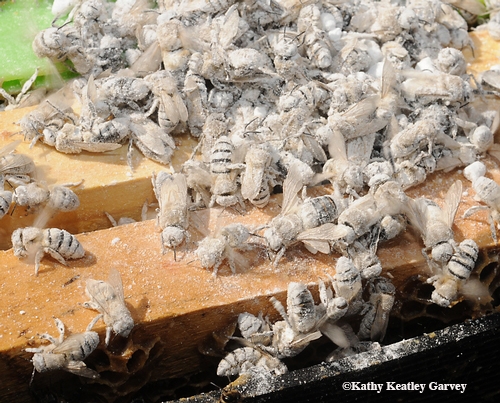
Snow bees
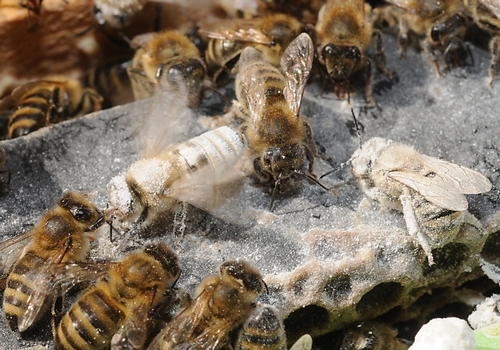
Cleaning Machines
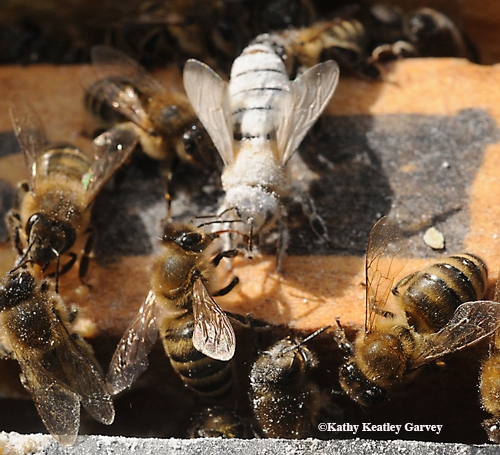
Lickin’ Good

Varroa mite
Sugar = corn syrup? UC Davis to weigh in
Consumers are confused about their sweeteners. Media have reported that high fructose corn syrup is no different from cane sugar, and they have publicized studies that show the corn-based sweetener is more harmful to good health than sweetener extracted from sugar cane and sugar beets. Connecttristates.com tried to sort out the facts:
- Both sweeteners are made up of roughly equal amounts of glucose and fructose. (New York University nutrition professor quoted in the New York Times.)
- Chemically speaking, high fructose corn syrup is just sugar with an image problem. (From a CBS News report.)
- A 2004 paper suggested a link between soft drinks sweetened with high fructose corn syrup to the obesity epidemic. (No citation.)
- The authors of above-mentioned paper "didn't have one shred of evidence to back up their theory. They eventually recanted and they realized that HFCS and sugar are virtually the same thing. (Michael Jacobson, Center for Science in the Public Interest.)
- The addition of high fructose corn syrup into research subjects' diets increases the severity of liver disease...particularly the degree of liver scarring or fibrosis. (Manal Abdelmalek, Duke University Medical Center.)
- It's fructose that we're worried about. There's too much of it in our diet so we ought to be eating less of sugars generally. (Marian Nestle, Department of Nutrition, Food Studies and Public Health at New York University.)
The column said scientists at UC Davis are conducting a long-term study to understand whether human bodies metabolize high fructose corn syrup differently than table sugar. Results are expected by the end of this summer
In the meantime, the writer says, overuse of either high fructose corn syrup or cane sugar is not a healthy practice.

Sweetened with corn syrup.


